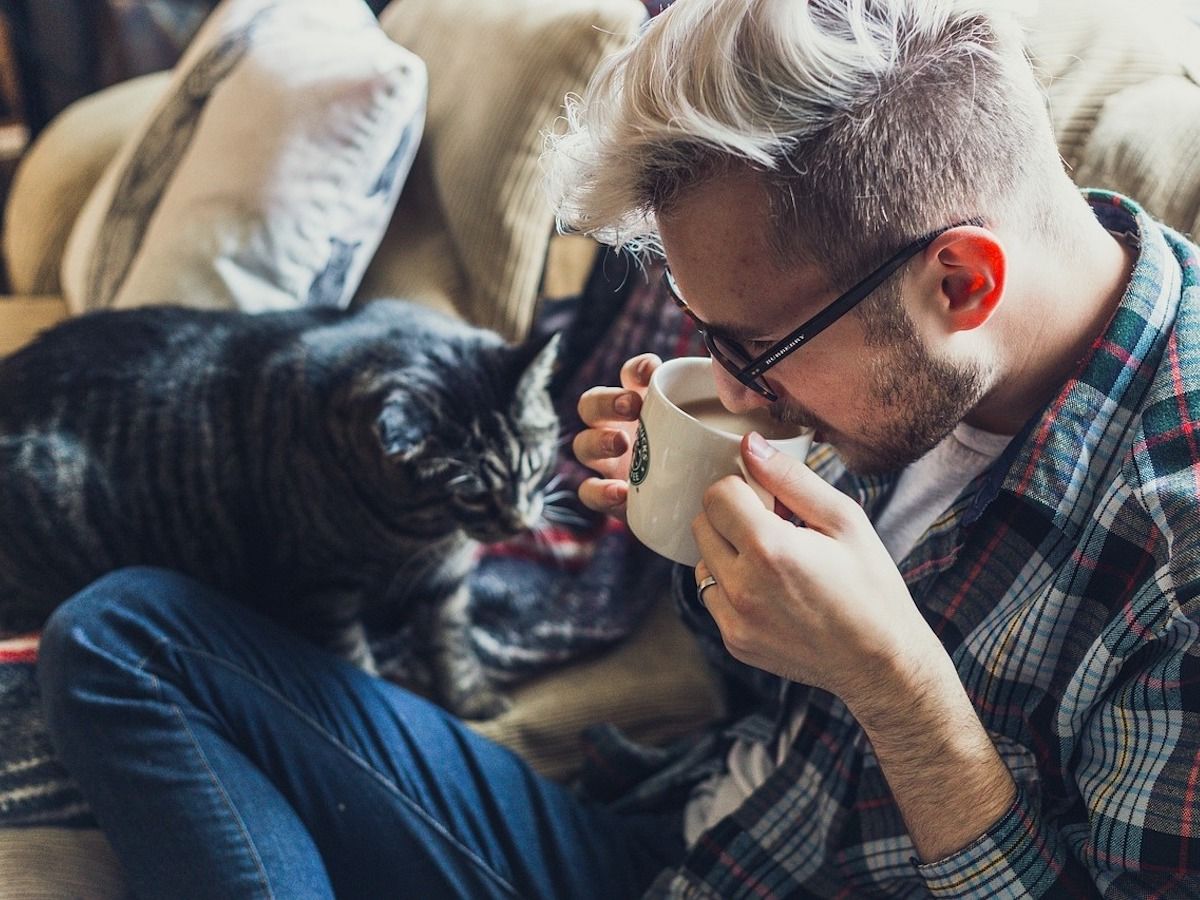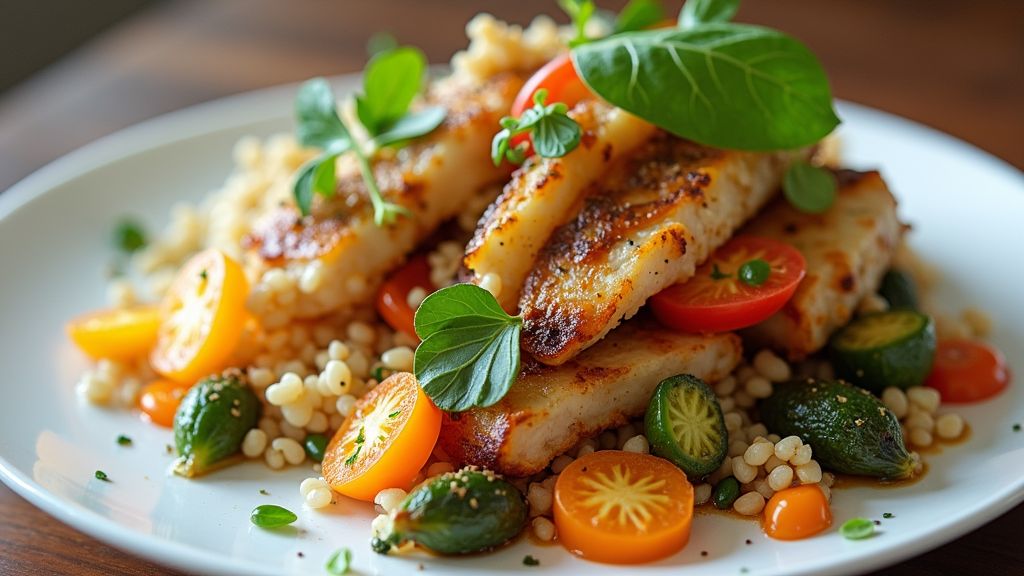Advertisement
Culture
Cultural Heritage Preservation: Protecting Traditions for Future Generations
Imagine waking up one day and realizing those cherished recipes, folk tales, or traditional dances that have been part of your family’s legacy are fading into obscurity. Scary thought, right? It’s like finding out that classic TV show you’ve loved for years is no longer in reruns, with no DVD box sets or streaming options in sight. Even worse, when you go to tell your grandchildren about that old show—or that old family recipe—you realize you can’t recall the details as vividly as you used to. Just as we preserve television history and film archives to ensure beloved programs remain accessible, we owe it to our cultural heritage to safeguard the timeless treasures passed down through generations.

In this engaging guide, we’ll uncover practical ways to preserve cultural heritage—ensuring our children’s children can enjoy the rich tapestry of our traditions. Think of this as an invitation to become your community’s modern-day cultural guardian, armed with knowledge, technology, and the passion to carry age-old customs into the future. From recording oral histories on simple smartphone apps to organizing virtual dance festivals, there are countless easy, actionable strategies you can put into practice. Now is the perfect time to embrace your role in safeguarding the customs that shaped you and your community, ensuring they remain vibrant for centuries to come.
Why Preserve Cultural Heritage?
Let’s start with the basics: why should you care about cultural heritage preservation? Simple. It’s about identity and pride. Just as keeping old family photos reminds you of your roots, preserving traditions connects communities to their history and origins. According to UNESCO, cultural heritage enhances social cohesion and peace by promoting values like respect, tolerance, and understanding among different communities. Imagine a world where generations never learn the historical significance of their family names, local festivals, or unique crafts—a world where diversity of ideas and experiences shrinks until everything begins to look uniform. Painful, isn’t it?
Beyond personal identity, cultural heritage helps build bridges across societies. Think about how you feel when you encounter an unfamiliar festival or traditional art form—it sparks curiosity, respect, and empathy. Every region’s stories, dances, songs, and cuisines hold clues about how people adapted, survived, celebrated, and mourned. The more we uncover these shared experiences, the more we realize that, deep down, our human stories connect us on a fundamental level, bridging gaps of time and geography. Whether it’s the vibrant Día de los Muertos celebrations in Mexico or the delicate intricacies of Japanese tea ceremonies, these practices aren’t just entertaining or exotic; they’re expressions of a culture’s soul, narrating its journey across centuries.
Moreover, preserving cultural heritage goes hand in hand with economic development and sustainability. Local traditions—ranging from pottery styles to culinary methods—often draw tourism and international interest. This influx of attention can bolster local economies, support craftsmen and artisans, and fund heritage sites, museums, and cultural institutions. From handwoven textiles in Peru to the centuries-old spinning traditions in India, these crafts aren’t merely aesthetically pleasing; they’re crucial sources of livelihood for thousands of families. By protecting them, communities safeguard both their inheritance and their future survival. In short, cultural heritage isn’t static—it evolves, adapts, and, when treasured properly, continues to enrich global culture.
How to Preserve Cultural Heritage
Stories to Remember
Oral storytelling is one of the oldest means of preserving culture. For millennia, bards, griots, and grandparents around the world have shared tales around fires or in family gatherings. These stories served not just as entertainment but as vehicles of wisdom, morality, and identity. Think about the fairy tales, epic sagas, or bedtime stories you heard growing up—they likely had deeper lessons encoded within them. Nowadays, with digital technology at our fingertips, capturing these stories has never been easier. Gather family or community members and record these stories using anything from a professional voice recorder to a smartphone app like StoryCorps. Then, store them in a digital archive, or consider launching a podcast series to share with a broader audience.
You can make the storytelling process more engaging by pairing stories with visuals, like photographs or short videos. Imagine reading a local legend about a mythical creature while showing images of the mountains or forests tied to that legend. This multi-sensory experience can add depth to the narrative, making it all the more memorable for younger listeners who’ve grown up in the digital age. Schools and libraries can also organize annual storytelling festivals, inviting elders to share their experiences and knowledge. These events can include community-based competitions for best original folktale adaptations, encouraging younger generations to explore their imaginative capacities while staying rooted in tradition. Who knows? Your version of The Three Little Pigs might just become the next viral sensation, bridging the gap between old and new storytelling formats.
Music and Dance Magic
Get those jazz hands ready! Music and dance, whether it’s the deeply rhythmic beats of African drums or the intricate steps of a classical ballet, form an integral part of cultural heritage across the globe. The universal language of melody and movement often tells stories that words alone cannot capture. Organize cultural jamborees or virtual performances to keep traditional music and dance alive. Not only does this maintain interest, but it also provides a vital platform for local artists to showcase their talents. Collaborate with community centers, schools, or cultural institutions to host workshops aimed at teaching these art forms to the younger generation, who might otherwise prefer more modern or mainstream options.
A great example is how certain communities teach Capoeira—a Brazilian martial art combining dance, acrobatics, and music—to children as a fun after-school activity. The lessons don’t just pass down the martial art; they also convey the cultural significance of Capoeira as a historical tool for resistance and social unity. Similarly, you could invite elders or local experts in a regional dance form—like traditional Irish step dancing or the Indian Bharatanatyam—to offer short-term courses. These dance and music lessons can be recorded and distributed online, making them accessible to diaspora communities worldwide. Think of it as a lively exchange that transcends borders, leaving behind a dance party time capsule for future generations to discover and learn from.
Crafty Traditions
Traditional crafts often tell the stories of our ancestors in ways that words cannot. Whether it’s the intricate geometric patterns in Islamic tilework or the bold red and black designs in Native American pottery, crafts serve as tangible records of cultural values, myths, and histories. By learning or supporting the creation of these crafts, you’re partaking in a historical dialogue that began centuries ago. Encourage cultural craftsmanship by hosting craft fairs or workshops that highlight local artisans and their work. These events can also feature hands-on activities for attendees of all ages, letting people get a feel for techniques passed down through generations.
For instance, consider collaborating with non-profit organizations like WomenWeave to support and pass down the art of traditional weaving. Such collaborations uplift local artisans—often women in rural communities—by connecting them to broader markets and educational resources. Beyond weaving, you could explore pottery, woodcarving, metalwork, or paper crafts like the Japanese art of origami. Remember: making an origami crane or a clay pot with distinctive patterns doesn’t just show off your artistic side—it’s an art form steeped in centuries of cultural heritage. Even simple workshops can reignite community pride, shape local economies, and forge meaningful connections among generations.
Taste the Tradition
They say the way to a person’s heart is through their stomach, and with good reason! Traditional cuisine is arguably one of the most delicious avenues for preserving cultural heritage. Recipes often carry centuries of culinary knowledge, reflecting local produce, climate, religious practices, and the innovative spirit of resourceful cooks. Take, for instance, the slow-cooked stews of Morocco or the carefully fermented pickles in Eastern Europe—these dishes were born out of necessity, climate conditions, and cultural exchanges along ancient trade routes. But over time, they evolved into iconic elements of regional identity.
One practical way to keep these culinary traditions alive is to organize community cooking events or potlucks where families bring dishes linked to specific cultural practices or ancestral stories. Think of a “culinary heritage festival,” featuring cooking demonstrations, recipe-swapping stations, and historical background sessions on the evolution of different dishes. You could also document these gatherings via photography or videography and compile them into a digital cookbook. Imagine flipping through an online book that includes not just detailed recipes but also anecdotes about each dish’s history, cultural significance, and even the memories people associate with it. This project could involve local schools, culinary institutes, or senior centers—everyone comes together to savor food and pass down knowledge. Add a modern twist by creating short cooking tutorial videos for social media, featuring your grandma’s secret stew recipe. That way, even the busiest among us can learn to whip up a plate of heritage on a weeknight!
Beyond the events themselves, preserving food traditions can also directly impact local economies. Specialized dishes often use ingredients unique to particular regions, supporting local farmers and niche markets. When these dishes gain recognition—perhaps thanks to social media or tourism—there can be a surge in interest that benefits entire communities. Essentially, cooking isn’t just about nourishing the body; it’s about preserving a shared sense of belonging and celebrating the flavors that have shaped us.
Concerns and Solutions
You might be wondering: “What if I lack the resources?” or “I know nothing about my roots.” Don’t fret! Preserving cultural heritage doesn’t demand a doctorate in anthropology or a library of old scrolls at your disposal. Start with small steps, such as paying a visit to a local museum or cultural center. Speak with elders in your community, who often possess a wealth of knowledge about history, traditions, and genealogical connections. Take advantage of technology: enroll in online courses or join virtual communities devoted to cultural exploration. Genealogy websites, for example, can help trace your family tree, opening the door to distant relatives who might still remember a near-forgotten language or a rare family tradition.
For those worried about sidelining other communities, inclusivity is key. Recognize that cultural heritage isn’t a zero-sum game—celebrating your own traditions doesn’t mean ignoring or overshadowing others’. Reach out to those from different backgrounds and learn about the shared influences across cultures. Indeed, one of the most eye-opening aspects of cultural exploration is discovering how different societies have borrowed and adapted traditions from each other. From the fusion of spices in modern cuisine to the hybrid music styles that arose when different communities converged, cultural preservation can be an immensely positive force when it embraces diversity. By opening the door to dialogue, you encourage a mutual appreciation that enriches everyone involved.
Additionally, consider how modern technology can bridge both geographical and generational gaps. Social media platforms can host public or private groups dedicated to preserving specific cultural practices. You could create a Facebook Group titled “Descendants of [Family Name or Region]” to gather folks who share your heritage. Alternatively, you can start an Instagram account dedicated to showcasing old family photos, historical anecdotes, or craft tutorials. This approach not only helps you connect with lost relatives or like-minded enthusiasts but also fosters a sense of global community. Many diaspora communities have used these tools to organize reunions, cultural festivals, or collaborative art projects, reuniting people thousands of miles apart in preserving the heritage that ties them together.
Funding is also a common concern. However, you’d be surprised at how many cultural or arts grants are available from governments, non-profit organizations, and private foundations. Research local and national funding options, or apply for grants from international bodies like UNESCO. Even small-scale crowdfunding can go a long way in supporting activities such as recording oral histories, hosting community fairs, or developing educational materials. If you’re innovative in combining resources—time, talent, space, and money—you can achieve remarkable results without a colossal budget.
Final Thoughts
Cultural heritage preservation is like carefully placing building blocks to construct something meaningful that lasts. Each tradition, recipe, dance, or craft we preserve is a block in that edifice of identity, pride, and shared understanding. By adopting these strategies—recording oral histories, organizing dance and music workshops, hosting craft fairs, and reviving old family recipes—you’re not just preserving the past; you’re preparing the next generation to carry the torch. You’re giving them the tools to explore, adapt, and cherish their history in a world that’s increasingly fast-paced and digitized.
So, what are you waiting for? Take the first step in preserving your culture. Share your stories, dance your dance, and most importantly, cook that traditional meal. Get your hands dirty in the beautiful endeavor that is cultural heritage. Each small action—like interviewing a grandparent, learning a new step in a traditional dance, or crafting a handmade quilt—adds up over time, creating a ripple effect across communities. If you have a moment, share your experiences with us—we’d love to hear the impact preserving cultural heritage has had on your life. After all, culture is a living, breathing entity that thrives when nurtured and evolves gracefully with each new generation that commits to keeping it alive.












